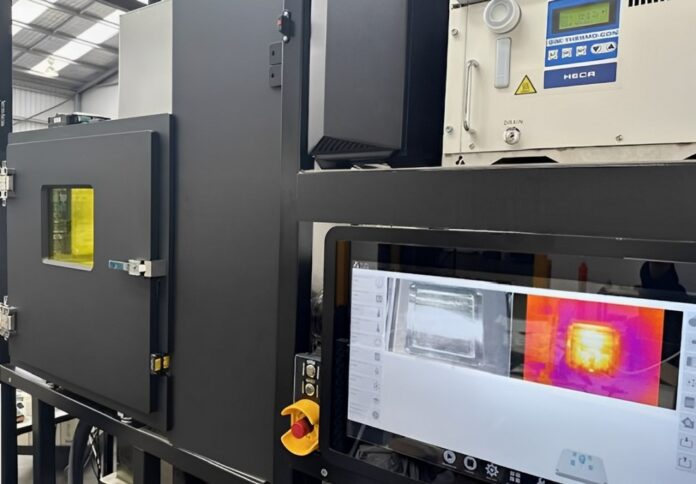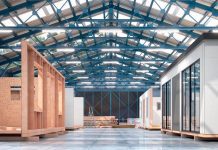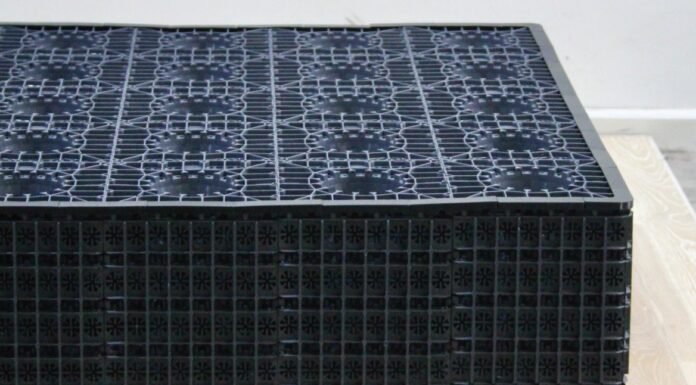
Aurora Labs has launched its Australian-designed AL250 3D Metal Printer, now operational at the company’s Perth facility, marking a key milestone in its advanced manufacturing expansion.
According to the ASX-listed company, the AL250 has already produced parts in Inconel 625, a nickel-based superalloy widely used in aerospace, oil and gas, and industrial applications due to its exceptional thermal, corrosion resistance, and fatigue properties.
The development of a new production printing parameter window tailored to the AL250 sets a baseline for printing parts in this high-performance alloy.
Initial results have been promising, with the Inconel 625 parts achieving a hardness of 315 HV10 and a density of 8.4 g/cm³.
“The AL250 3D printer is a significant advancement for our industrial printing service and machine-building capabilities,” said Rebekah Letheby, CEO of Aurora Labs.
“It will meet the increasing demand for specialised materials as we expand our capabilities and scale up production for the Defence industry, reinforcing our commitment to developing machines tailored for practical industrial printing applications.”
The AL250 printer is also serving as a demonstrator unit within the print services facility.
This strategic move allows Aurora Labs to showcase the full potential of its technology, providing real-world insights into 3D printing applications.
The hands-on experience gained through this demonstrator unit will help the company better inform potential purchasers about operational parameters and enhance downstream customer support.
Equipped with multiple commercial features, the AL250 is designed to offer a user-friendly and seamless experience. Its compact, easy-to-clean build chamber supports a generous 250 x 250 x 300mm 3D print area, making it ideal for printing intricate, mid-sized geometries.
This addition is expected to significantly enhance the company’s print services, particularly in the production of micro gas turbines and related parts.
“This strategy allows A3D to showcase the full potential of our printing technology, demonstrating the art of what is possible while gaining valuable insights into real-world 3D printing application,” Letheby noted.
“By doing so, we can better inform potential purchasers about operational parameters, enhance downstream customer support, and ensure a reliable, high-performing product that meets their needs, thereby boosting customer confidence.”



















